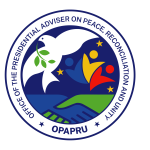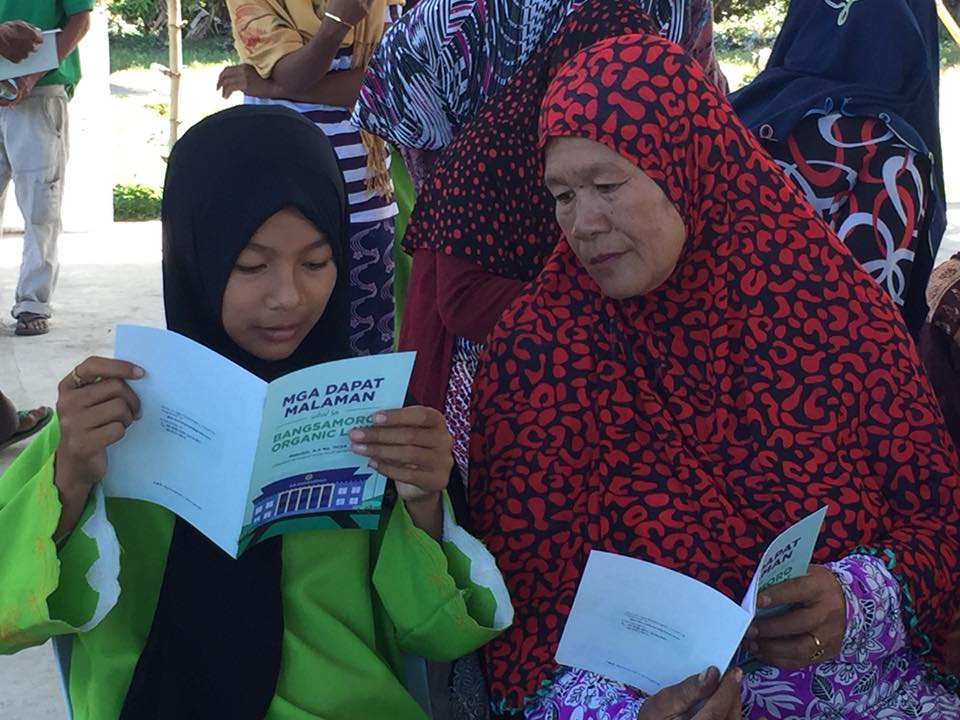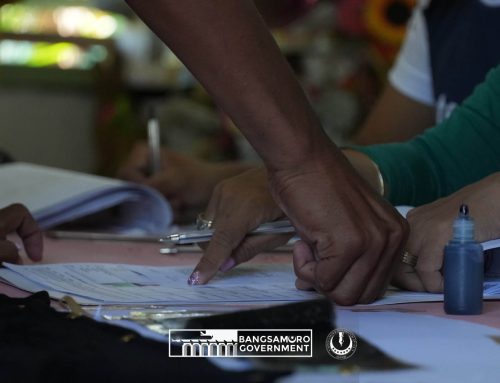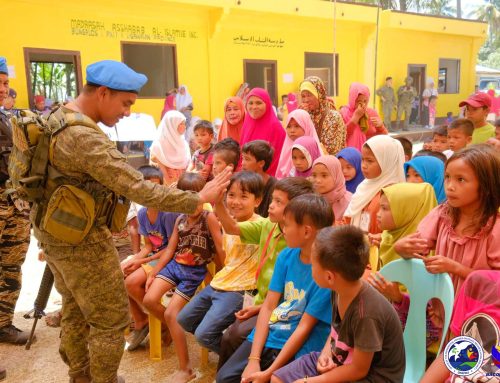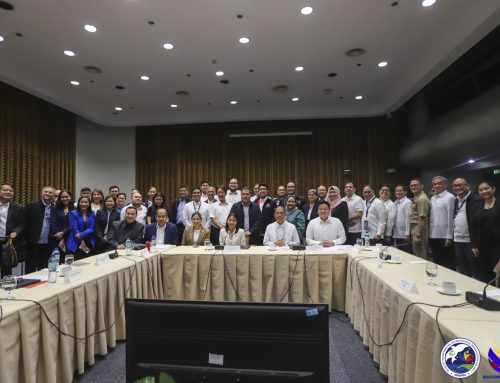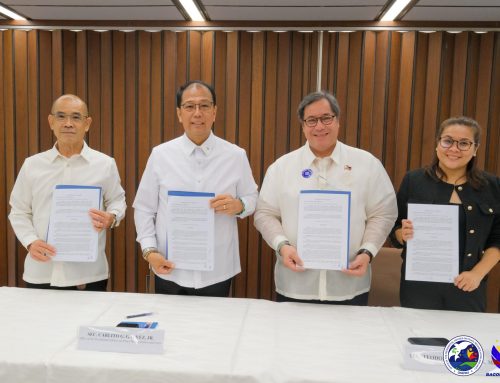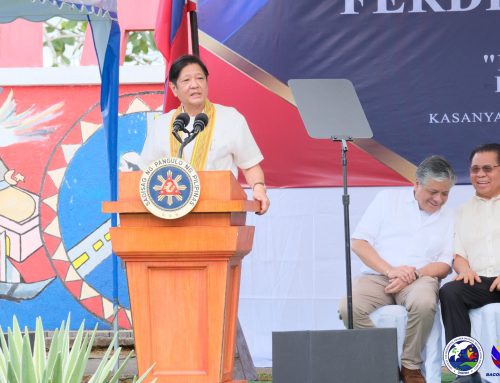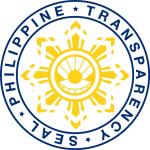BRYG. TUKANALIPAO, MAMASAPANO, MAGUINDANAO — For about two hours, more than 200 residents, mostly women clad in Tundong (Muslim headdress), sat and listened as a speaker explained to them the salient provisions of the Bangsamoro Organic Law (BOL).
A majority of them were mothers with children in tow. Some were nursing small babies, while others were leafing through reading materials. The elder ones exchanged views in the vernacular in hushed tones.
There were also young students from a nearby Madrassah (Muslim school) who were part of the huge crowd gathered at the barangay gymnasium. They, too, knew that something important was taking place.
Regardless of their personal motivations in attending the event, all of them had one thing in common: they wanted to learn how the BOL can help improve their well-being and bring long-lasting peace to their community.
The women of Mamasapano have been witness to the ravages of war. Three years ago, the village was the sight of an armed encounter between members of the Philippine National Police’s Special Action Force and Moro Islamic Liberation Front (MILF).
Although that fateful day will forever be etched in the memory of residents, they have learned to move on and are now in the process of healing and rebuilding their lives.
The Multi-Stakeholder Forum on RA 11054 or the BOL, organized by the Office of the Presidential Adviser on the Peace Process (OPAPP), became an opportunity for the people to understand how the law will help prevent the recurrence of armed clashes in the area and across Mindanao.
In his presentation during the forum, Romeo Saliga, commissioner of the Bangsamoro Transition Commission (BTC), said the BOL recognizes the struggle of the Bangsamoro people to assert their identity within the region.
“This is not an ordinary law. The BOL aims to finally put an end to the armed conflict in Mindanao,” he said.
Saliga explained that the law has three major objectives: establish the Bangsamoro entity which shall be called the Bangsamoro Autonomous Region in Muslim Mindanao (BARMM), set up the governance structure, and provide people with meaningful self-governance.
Saliga also emphasized that the law will not impose a cultural, religious, or political identify among those residing in the region.
The law, he stressed, is inclusive and gives due recognition to the rights of non-Moro residents such as indigenous peoples (IPs) and Christians.
According to Saliga, a Transitional Justice System will also be put in place in order to address the legitimate grievances of the Bangsamoro people.
Specifically, he said those affected by unjust dispossession of territorial and proprietary rights or customary land tenure shall be provided with adequate reparation.
This reparation, Saliga said, may include just compensation and relocation, which may be availed of by those who have been affected by armed conflict.
For Zuhnea Kudos, 46, the multi-stakeholder forum was an eye-opener.
“Malaking tulong ang forum na ito sa amin (This forum has been a big help to us),” Kudos said, adding she will echo what she had learned from the gathering and help campaign for the BOL’s ratification to be held on January 21, 2018 in the proposed core territory.
On the other hand, the plebiscite for Lanao del Norte, North Cotabato and areas whose petition for inclusion will be granted by the COMELEC, is scheduled on February 6, 2019.
“Gusto namin ng kapayapaan. Lahat kami dito sa Mamasapano boboto ng yes (We want peace. All of us here in Mamasapano will vote for yes,” she said.
Kalid Ladsak, 64, believes the landmark measure will help strengthen their cultural identity as a people.
“Dahil isa akong Bangsamoro, tutulong akong mangampanya ng yes (Because I am a Bangsamoro, I will help campaign for the yes vote),” Ladsak said.
“Mas maganda pag may BOL. Magkakaroon na ng tunay na kapayapaan at kaunlaran dito sa amin (It is better to have the BOL. There will be genuine peace and development here in our community),” he said. ###

